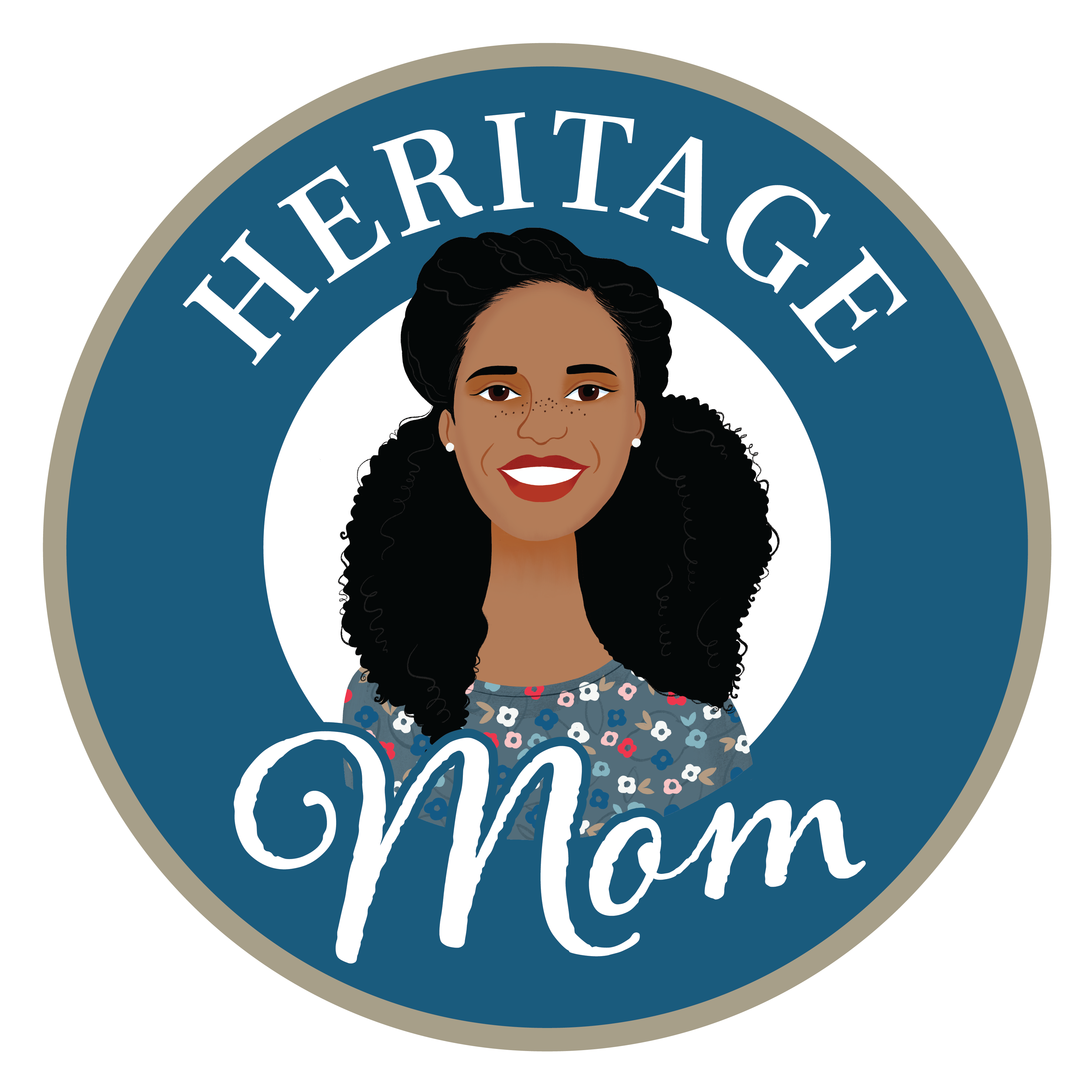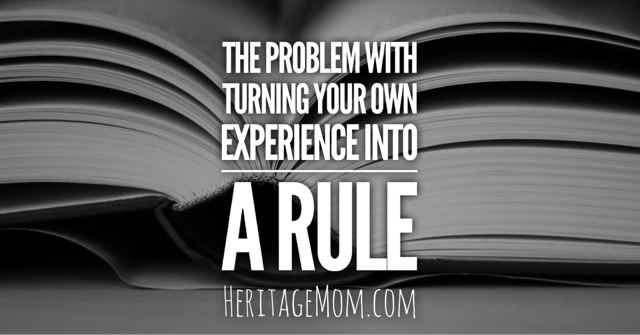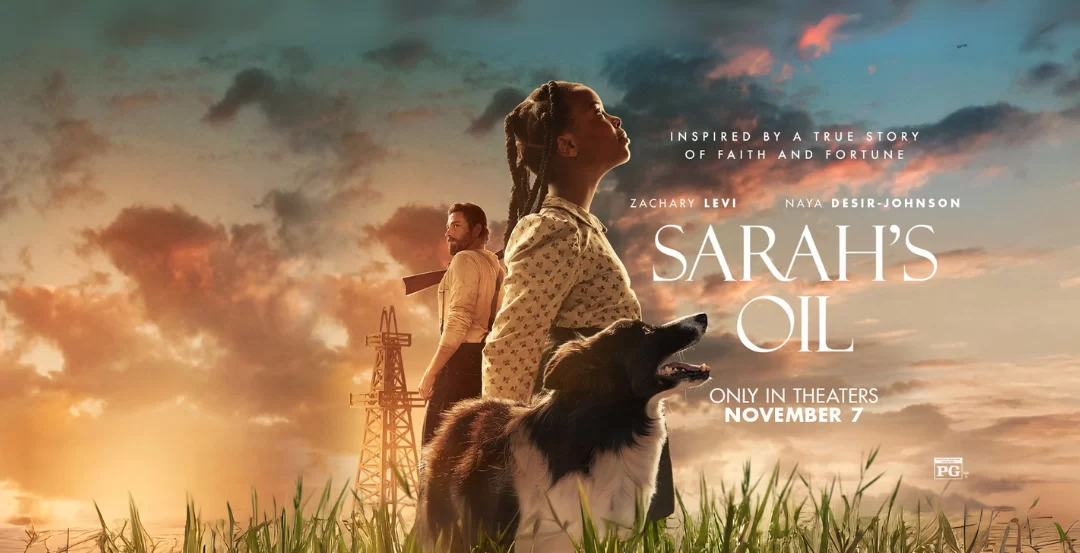I’m making every attempt to cultivate a literary household. I now peruse book lists the way I used to flip through People magazine, and our currently scheduled read-alouds should carry us through high school graduation (Note: My oldest is 8).
But I also make every attempt to cultivate a fun household. And although I know my kids would agree that our family story times rock, they also appreciate when we follow-up great books with their big-screen counterparts. We never watch the movie before reading the book (gasp!), but if I can find an appropriate (easier said than done) movie version of our latest read, we grab popcorn and pillows and snuggle up for family movie night.

And like any good homeschool family, we follow-up the movie with a “compare and contrast” discussion on the book vs. film. Sometimes there isn’t much left to be said because my kids have interjected so many observations and exclamations throughout the movie. In other words, don’t watch a movie at our house if you don’t like talking during the film. It drives me NUTS, but I’m learning to keep my finger near the pause button.
This week, we finished up reading A Little Princess by Frances Hodgson Burnett. I adored this book. It’s well-written with rich language and compelling imagery, and each chapter leaves you wanting more. It’s the perfect read-aloud for a family of little girls (though my son kept one ear glued to me every time I grabbed my Kindle), and somehow the author manged to turn the normally eye-roll inducing “every girl is a princess” mantra into an empowering position.
Plot summary: Sara Crewe, an exceptionally intelligent and imaginative student at Miss Minchin’s Select Seminary for Young Ladies, is devastated when her adored, indulgent father dies. Now penniless and banished to a room in the attic, Sara is demeaned, abused, and forced to work as a servant. How this resourceful girl’s fortunes change again is at the center of A Little Princess, one of the best-loved stories in all of children’s literature. – Goodreads
There’s a 1939 version of the movie starring Shirley Temple, and chances are that we’ll end up watching it at some point. But today we watched this more modern 1995 version:
Overall, the movie was great. It remained more true to the original story than most films although liberties were definitely taken (and I think my 6-year-old picked out every.single.one.of.them.). One of the differences that immediately stood out to my family is that the servant-girl was black. This was a departure from the book, and a bit of a surprise. Personally, I felt annoyed that the ONLY black character in the entire movie also happened to be the ONLY servant-girl in the entire movie. Why, oh why does this same old tired stereotype have to be included in so many otherwise sweet stories?
I wondered whether my girls would notice, but about 8 seconds after the character appeared on the screen, both of my girls exclaimed, “Becky is brown???” The character was handled respectfully, but it’s hard to shake that the casting decision failed to move young viewers beyond the typical “black people are poor & ignorant” and “white people are smart & awesome” narrative that envelops so much of what they read and see in their formative years.
When Sara firsts inquires of the little black servant, her classmate says, “That’s Becky. She’s not allowed to talk to us. She’s a servant girl and she has dark skin.”
So I don’t get that. It’s not in the book, so why would it so unnecessarily be added into the movie? I’d love to make the counter-argument that they just happened to cast a black actress as the servant (yeah, right), but the inclusion of her lowliness-due-to-skin-color is an overt and intentional addition. This is yet another example of how so many media images send messages of black inferiority to our children. When I’m accused of being overly-controlling of what my kids read and watch, I’ll be linking to this blog post going forward. Yes, I allowed them to watch this movie, but a steady dose of this messaging is unacceptable.
This is part of the reason we always read the book first (or only); it gives my kids an opportunity to interpret the characters as their imaginations see fit.
Once a filmmaker decides upon settings and characters, we’re limited to seeing those characters and settings through their eyes. However, 500 different readers of the same book may have 500 different ideas of a character’s appearance. And if an actor doesn’t measure up to what you imagined when reading the book, there’s some disappointment.
– Barnes & Noble blog post “6 Reasons The Movie Is (Almost Always) Better Than The Movie” by Rich Santos
The book was fabulous and I still highly recommend the movie despite poor little black Becky {sarcasm}.
I don’t like reading multiple books in a row by the same author, but The Secret Garden (also by Burnett) is on our short list. I read it as a child, but sadly, I don’t remember much. I’m looking forward to getting lost in it, and I hope it’s just as good!






I don’t mind Becky being black, because the alternatives, once you have moved the story to America, are erasure (no black people, not even an acknowledgement of the inequality still present in the country in 1914) or colorblind casting, which people of color may have found disingenuous in 1995 (or perhaps refreshing–it wasn’t tried much in period pieces of the day).
I believe the acknowledgement is better than complete erasure. Becky is the equal of all of the girls in the school, as Sara senses instinctively, but learns more viscerally when they live together. The ending of the film involved Becky’s elevation to the rank of a sister, rather than a personal servant in the book. I always liked that better.
Thank you for sharing your thoughts on this!
I think that the simple fact that you read to your children is awesome!
Thank you so much!